
Planning Our Days: Creating Schedules for Children
Planning ahead can help you be intentional about the learning of the children in your care!
The years of early childhood are full of opportunities for learning and growing. By planning your days, weeks, and even months, you can be more intentional about the ways that you support the “whole” child (or children) in your care. It’s okay if things don’t go perfectly to plan every time, but creating structure helps children build the skills they need to succeed, now and in the future. Plus, it can give you time back for yourself!
Monthly Schedules
- Using this printable page, start by mapping out a theme for the month. This could be connected to the seasons, weather, holidays, or something else that children seem interested in. For example, if you notice that children love to talk about or look for animals outside, consider a topic or theme built around that, for example: Nature in Our Backyard! The more you lean into children’s natural curiosities, the more likely they will be to engage and learn.
Weekly Schedules
- After choosing your monthly theme, break each week into a smaller topic. Using the Nature in Our Backyard example, you could divide out your weeks like this:
- Week 1: Birds
- Week 2: Plants and Trees
- Week 3: Animals
- Week 4: Where We Live
- Within each week, consider books, songs, art projects, foods, loose materials, and even science experiments you can build into your weekly themes. You might find yourself reading the same book or singing the same song every day for a week, and that’s okay! Children thrive on repetition and routine.
Daily Schedules
- Consider the routines throughout your day — like drop-off, toothbrushing, mealtimes, or rest time. In each of these moments, there are opportunities for you to guide children to build social-emotional and physical skills, and even resilience. For example, children build fine motor skills when they do art projects like coloring or painting. They build social-emotional skills when they learn to talk about their feelings. Try using the Lesson Planning Practice printable page to brainstorm different ways to incorporate these learning moments into your days.
Finally, think about the ways you can include parents and other caregivers in your planning! They may have materials, books, life skills, special stories, or other things to contribute.

Watch and Play: Abby's Magical Beasties
Watch this episode and explore ways to extend the learning at home.
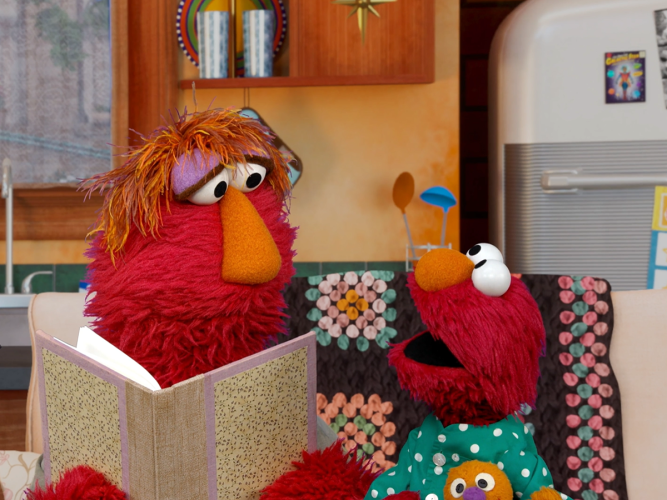
Go To Sleep, Elmo!
Handling a middle-of-the-night monster moment.
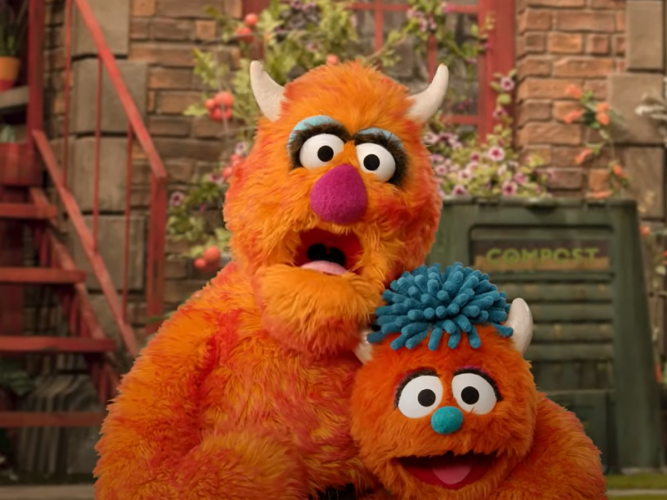
Monster Meltdown
Meltdowns happen… but they are somewhat predictable! As you try to handle them, curiosity and patience go a long way.
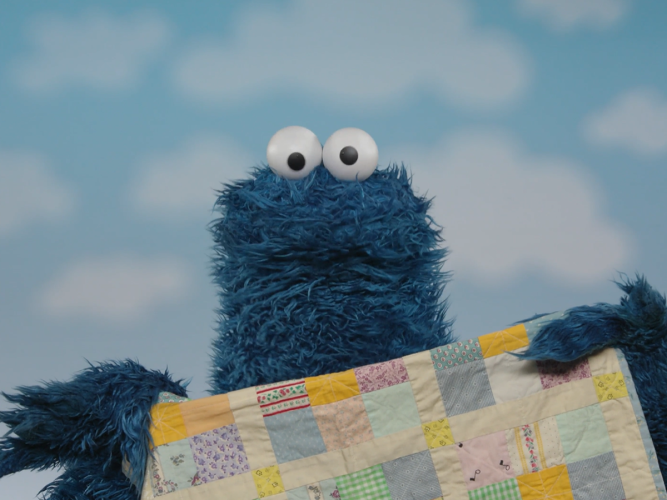
Cookie Monster’s Beach Day
When children are in the hospital, their imagination can become a valuable tool in soothing themselves.

Milestones: Your 18-Month Old
All children grow and develop at their own pace; use this chart to guide your expectations and observations so you can talk to your child’s pediatrician about questions or concerns.
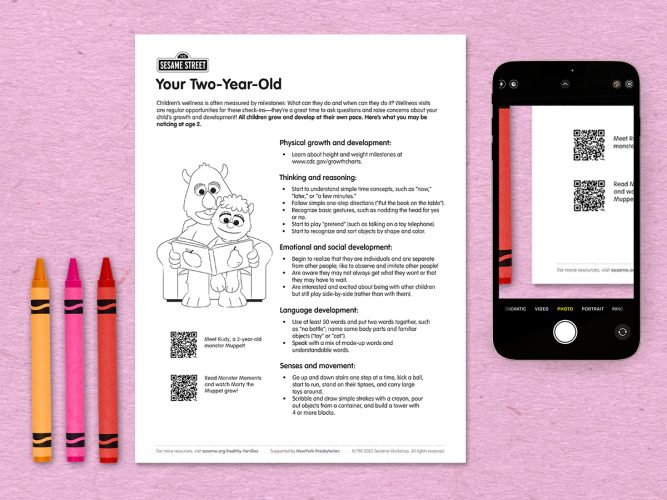
Milestones: Your Two-Year-Old
All children grow and develop at their own pace; use this chart to guide your expectations and observations so you can talk to your child’s pediatrician about questions or concerns.
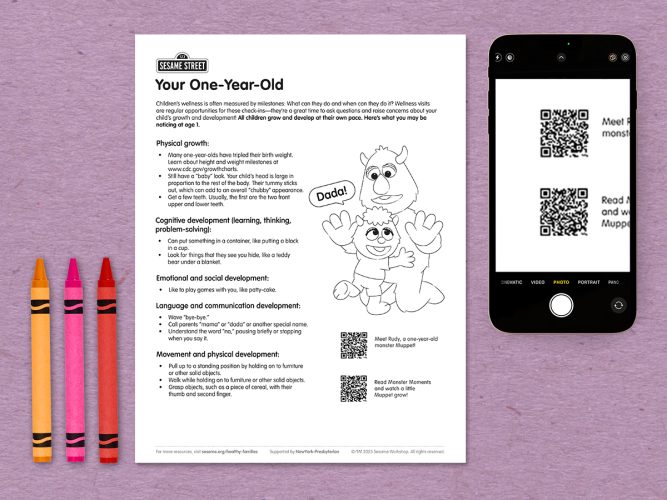
Milestones: Your One-Year-Old
All children grow and develop at their own pace; use this chart to guide your expectations and observations so you can talk to your child’s pediatrician about questions or concerns.
